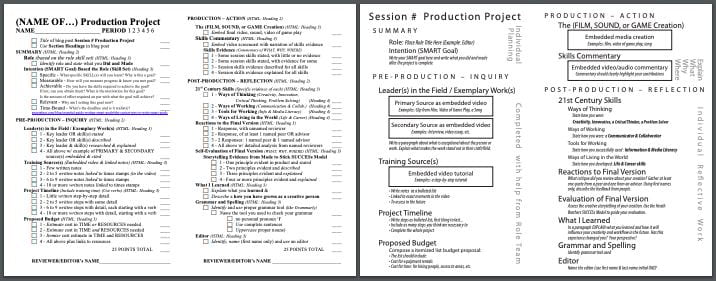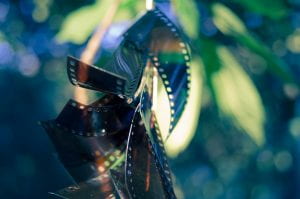REVIEW THESE POST EXAMPLES:
 “~ unNaturally Composed ~” by ViaMoi is licensed under CC BY-NC-ND 2.0
“~ unNaturally Composed ~” by ViaMoi is licensed under CC BY-NC-ND 2.0
SUMMARY
Role
Composer
Intention (SMART Goal)
By May 10th as a part of my film team, I will explore the film’s Composer skill pathway by following Hans Zimmer’s master class and have created a soundtrack to show the pace, tone, and mood to help the element of the film.
PRE-PRODUCTION – INQUIRY
Leader(s) in the Field / Exemplary Work(s)
Project Timeline
- Pre-planning: April 22nd
- Script: April 25th
- Rehearsal & other film setup nonsense: April 27
- Filming: May 3rd
- Editing: May 6th
- Slideshow: May 10th
PRODUCTION – ACTION
The (FILM, SOUND, or GAME Creation)
https://drive.google.com/file/d/1CgJVf0myR0XJHzQCkI5IcypiaGVpcuQj/view?usp=sharing
Skills Commentary
POST-PRODUCTION – REFLECTION
21st Century Skills
Ways of Thinking (Creativity, Innovation, Critical Thinking, Problem Solving)
Ways of Working (Communication & Collaboration)
During this session, communication was a very important role. This session was kind of hard due to the fact that we didn’t really know what to do for our film for the first week. During this session, we collaborated to figure out what film we wanted to make and started working on the film.
Tools for Working (Info & Media Literacy)
The tool that I used for working on the film was GarageBand for making the music for the film.
Ways of Living in the World (Life & Career)
During this session outside of working on the film, I did work for other classes, talked to family and friends, and well as playing video games, and watched videos. I also had Covid during this time as well so I had to get over it as well.
Reactions to the Final Version
The music was good-Bree
Self-Evaluation of Final Version
For the film, I am personally not really happy with the final version. The reason why I wasn’t happy with it is that during the post-production part of the film, I got covid. Due to having covid, I couldn’t work on the music at home so I wasn’t able to make the music myself. Besides not being able to make the music myself, the film wasn’t too bad but I would have liked to change some of the scenes and the shots in the film to make them seem better for the film.
What I Learned and Problems I Solved
During this session, I learned that it is important to have good communication. One of the problems that I can across in this session is that there were sometimes where people who were missing from our group. The way that we solved these problems is that we communicated with the people who were gone so that we can do what we can get done when the people we needed were gone for one reason or another.
Grammar and Spelling
Grammarly




